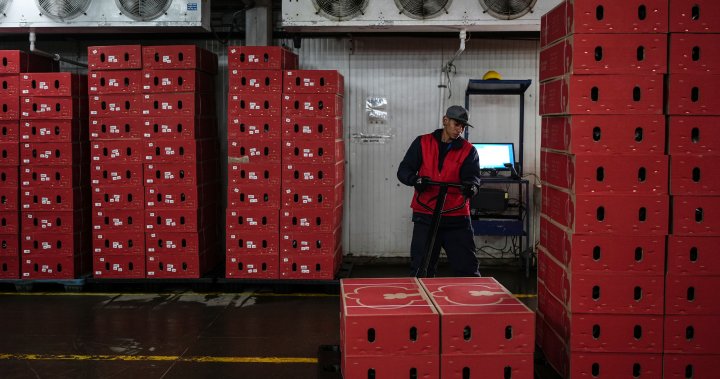Introduction to Tariffs: A Comprehensive Overview
Tariffs, a ubiquitous term in international trade and economic policy discussions, represent a form of tax imposed on imported goods. This tax is typically levied as a percentage of the price paid by the domestic buyer to the foreign seller. The imposition of tariffs serves a variety of purposes, primarily aimed at influencing the flow of goods across international borders, protecting domestic industries, and generating revenue for the government. Understanding the nuances of tariffs, their historical context, and their multi-faceted implications is crucial for comprehending the dynamics of global trade and national economic strategies.
Historical Context and Evolution of Tariffs
The history of tariffs is intertwined with the evolution of international trade itself. From ancient times through the mercantilist era, tariffs were primarily used as a source of government revenue. The rationale was simple: taxing imported goods generated funds for the state treasury. However, with the rise of economic liberalism and the advocacy of free trade, the role of tariffs began to shift. The idea of comparative advantage, championed by economists like David Ricardo, argued that nations should specialize in producing goods they can produce most efficiently and trade freely with other nations. This led to a gradual reduction in tariffs during the 19th century. However, the 20th century witnessed periods of both increasing and decreasing tariff levels, influenced by global events like the Great Depression and the rise of protectionist sentiments.
The Mechanics of Tariff Implementation
Tariffs are implemented through various mechanisms, each with specific implications for domestic producers, consumers, and the overall economy. The most common types of tariffs include ad valorem tariffs, which are calculated as a percentage of the value of the imported good, and specific tariffs, which are a fixed amount per unit of the imported good. Compound tariffs combine both ad valorem and specific elements. The choice of tariff type and its rate depends on the specific objectives of the government implementing the tariff. For example, a high ad valorem tariff on luxury goods might be aimed at generating revenue, while a specific tariff on agricultural products might be intended to protect domestic farmers.
The Economic Effects of Tariffs: A Multi-faceted Analysis
The economic effects of tariffs are complex and often involve trade-offs between competing interests. On the one hand, tariffs can protect domestic industries from foreign competition by making imported goods more expensive. This can lead to increased domestic production, job creation in protected industries, and potentially higher wages for workers in those industries. On the other hand, tariffs can also lead to higher prices for consumers, reduced consumer choice, and potential retaliatory tariffs from other countries, which can harm export-oriented industries. The net effect of a tariff depends on a variety of factors, including the size of the tariff, the elasticity of demand and supply for the affected goods, and the response of other countries.
Tariffs in the Context of Globalization and Trade Wars
In an increasingly interconnected global economy, tariffs have become a tool not only for economic policy but also for political leverage. The rise of globalization has led to increased interdependence among nations, but it has also created new challenges for domestic industries facing competition from low-cost producers in other countries. The use of tariffs as a protectionist measure has intensified in recent years, leading to trade disputes and even "trade wars" between major economies. The imposition of tariffs by one country can trigger retaliatory tariffs from other countries, escalating trade tensions and potentially disrupting global supply chains.
The Future of Tariffs in a Changing Global Landscape
The future of tariffs remains uncertain, shaped by evolving geopolitical dynamics, technological advancements, and shifting economic priorities. The ongoing debate between free trade advocates and proponents of protectionism continues to influence trade policies worldwide. The rise of new technologies, such as automation and artificial intelligence, is also reshaping global trade patterns and potentially influencing the effectiveness of tariffs as a policy tool. As the global landscape continues to evolve, understanding the role and impact of tariffs will remain crucial for navigating the complexities of international trade and ensuring sustainable economic growth.

